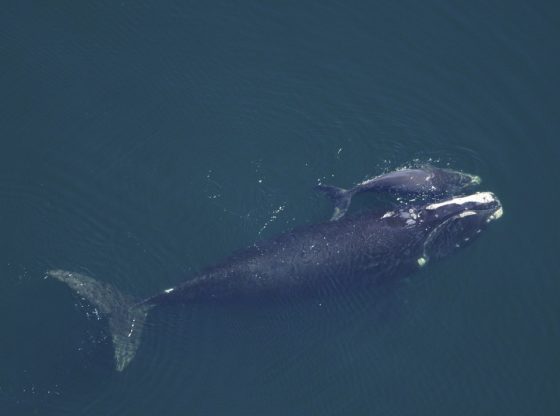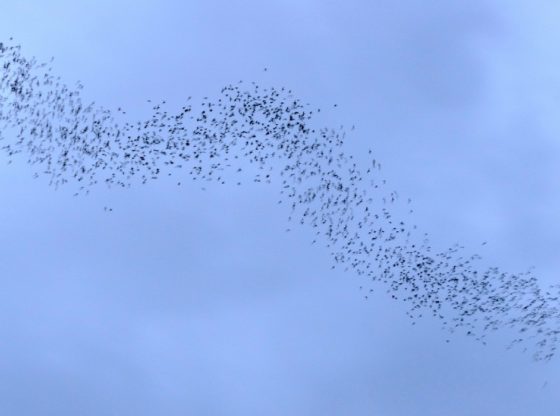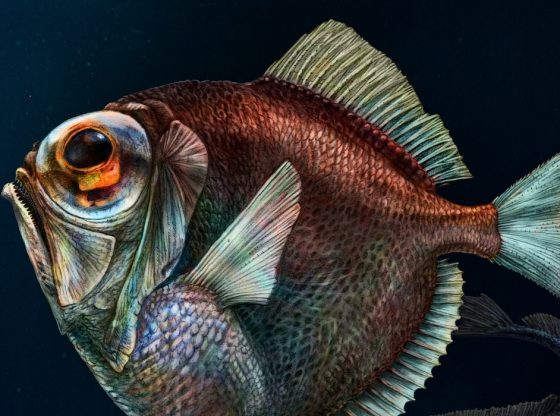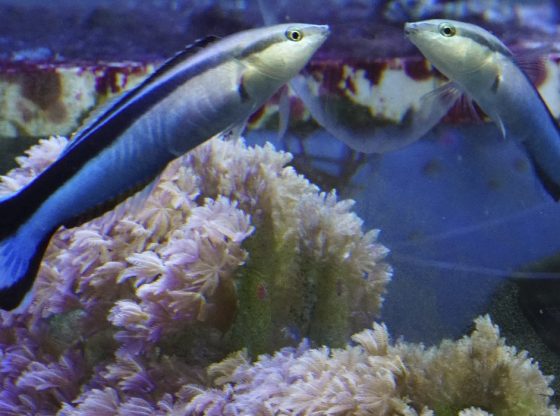Humans and mammals lack the ability to repair damage to the spinal cord. But the zebrafish does this with ease. New research reveals that tiny substances around the cells help the nerve cells to reestablish a connection.
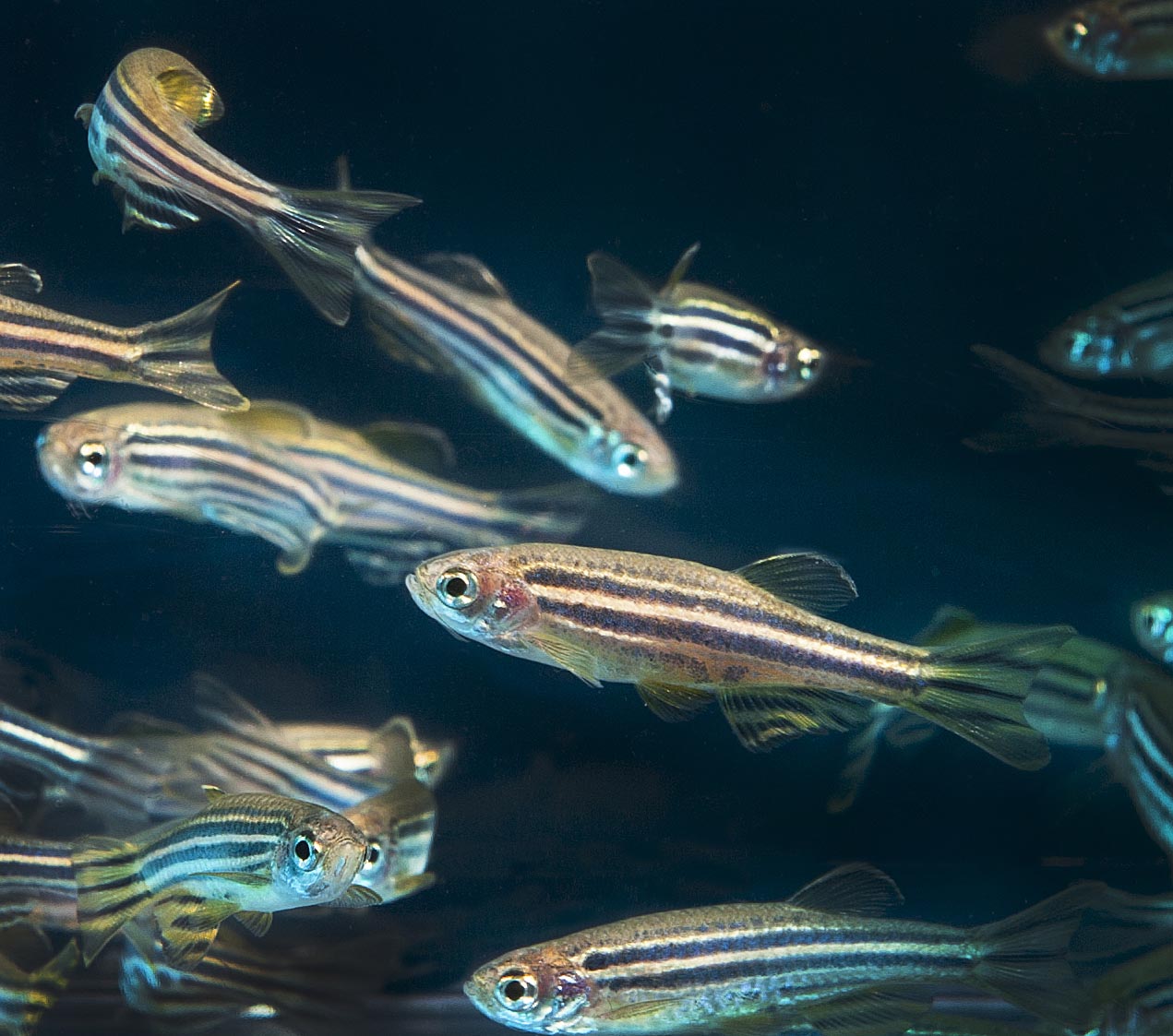
It is known to science that the zebrafish has the ability to repair damage to the spinal cord. This fish has specific cells that support nerve cells, called Glial cells. They appear to bridge damaged tissue so that nerve cells can wander over and reestablish connections.
The exact mechanisms behind this are however not entirely clear. But to find out more, American and German biologists examined which genes are extra active when repair takes place. By a method of activation and deactivation of these genes, the researchers were able to conclude that there was a certain type of gene that was particularly interesting.
The gene with the abbreviated short name ‘ctgfa’, which stands for connective tissue growth factor a, guides a specific signal that cells send to tell other cells that it is time to bridge an injury.
When the researchers removed this gene, nerve cells cannot be bridged. When they instead multiplied this gene, the bridging became stronger.
It is a bit of a mystery why we humans and other mammals are unable to repair the damage that occurs in our spinal cord when it appears to be so simple for the zebrafish to repair this kind of damage.
Not only is the fish able to repair neurological damage. Scarring does not appear in the fish in the same manner as in mammals. One theory is that it has been evolutionary more important for us to heal our wounds quickly, even if the result is a bit rough, enabling us to get back into action faster than the fish.
Human cells, however, contain all the necessary information for repair to occur, and now that we know how neurological repair occur in fish we also know what is lacking in humans. This knowledge could perhaps be useful for future research of how similar damage can be repaired in humans.
Reference:
Mayssa Mokalled H. et al. Injury-induced ctgfa directs glial bridging and spinal cord regeneration in zebrafish. Science, 2016. DOI: 10.1126 / science.aaf2679


